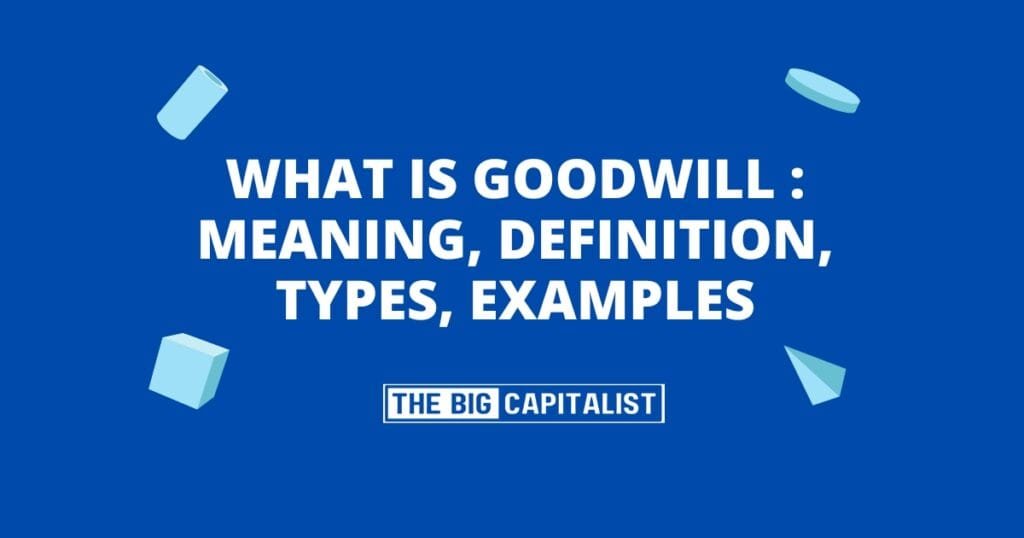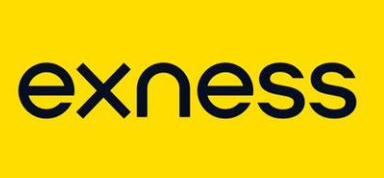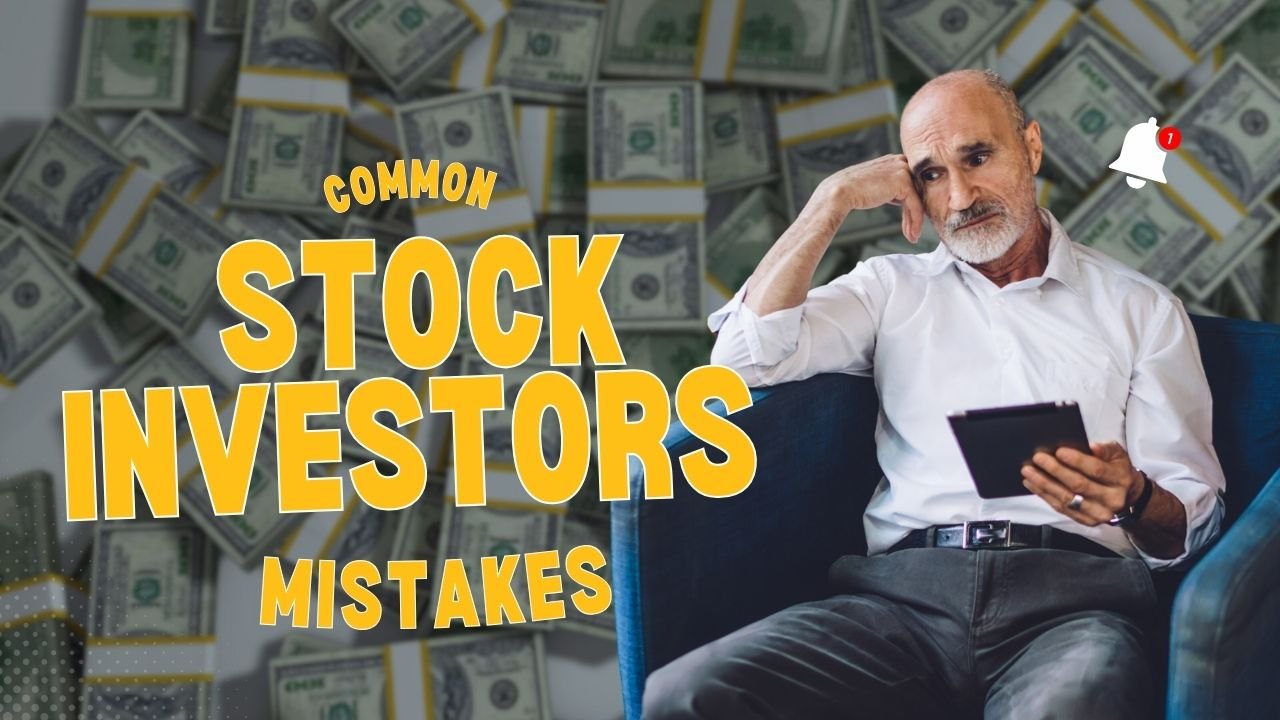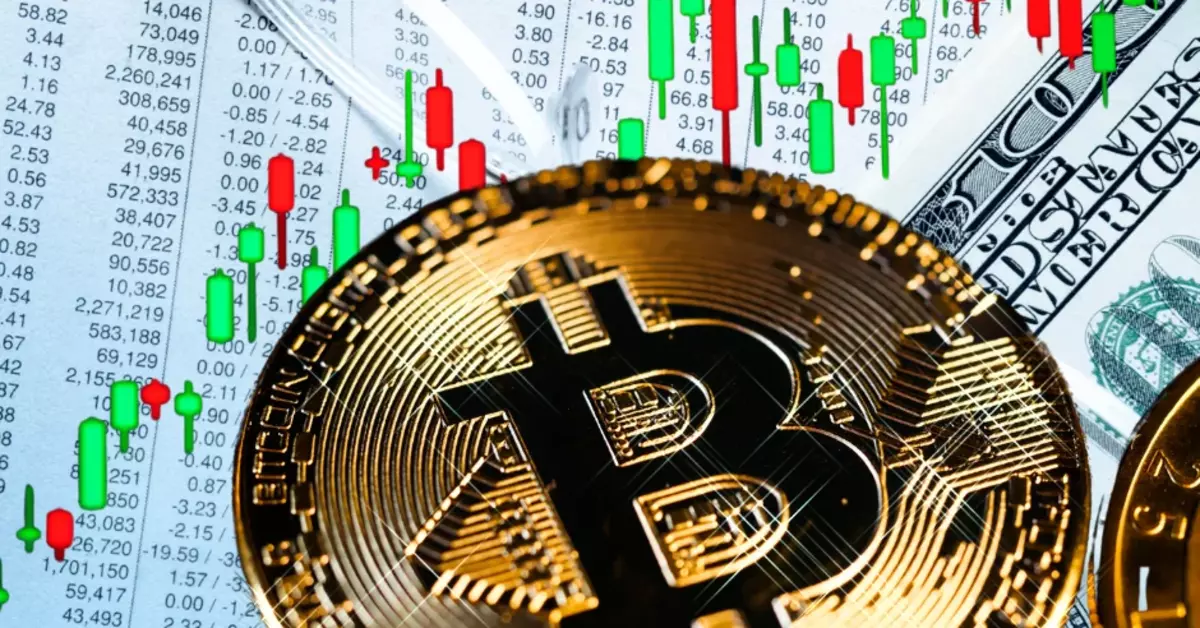In the business world, goodwill is more than just benevolence. It’s an intangible asset that significantly impacts a company’s value. Understanding the different types of goodwill is crucial for business valuation.
This article delves into the meaning and definition of goodwill, explores its types, and explains its valuation process. We’ll also look at real-world examples and answer related questions, such as the importance of goodwill in financial statements.
Whether you’re a business student, entrepreneur, or curious learner, this article sheds light on types of goodwill and their role in business valuation.
Understanding Goodwill in Business
Goodwill plays a crucial role in acquisitions. It represents the intangible benefits a company gains, such as a strong brand name, customer loyalty, and skilled employees. Among these, various types of goodwill contribute significantly to a company’s success.
When a business acquisition occurs, the buyer often pays more than the tangible assets’ book value. This excess is goodwill. It reflects the buyer’s recognition of the acquired firm’s reputation and future potential.
Unlike other assets, goodwill is recorded only during acquisitions. Understanding its implications in financial statements helps investors assess a company’s market value and growth potential.
Definition of Goodwill
Goodwill, in accounting, refers to the premium paid over the book value of tangible assets during an acquisition. This premium reflects positive intangible attributes, such as strong customer relationships or brand equity. There are various types of goodwill that influence this premium.
Distinguishing goodwill from general kindness is important. Here, goodwill specifically pertains to business valuation and is recorded as an asset on the balance sheet.
Types of Goodwill
Goodwill is classified into two main types:
- Purchased Goodwill: Recorded when a company buys another and pays more than the net asset value.
- Inherent Goodwill: Built over time through factors like reputation or customer loyalty but not recorded in financial statements.
Purchased goodwill appears on financial records, whereas inherent goodwill, though valuable, remains unrecorded.
Examples of Goodwill
Goodwill manifests in many ways. For example:
- Brand value: Companies like Apple or Google reflect significant goodwill through customer loyalty.
- Employee relations: Firms known for excellent work environments attract top talent, enhancing goodwill.
- Customer relationships: Loyal clients who return and refer others create goodwill.
These examples show how different types of goodwill enhance business valuation.
Valuation of Goodwill
Valuing goodwill is essential during acquisitions. It involves assessing factors like brand strength, customer retention, and employee satisfaction. Accurate goodwill valuation ensures fair pricing and reflects a company’s intangible strengths.
Goodwill valuation methods include:
- Income Approach: Estimates future cash flows generated by goodwill.
- Market Approach: Compares similar businesses to assess goodwill’s market value.
- Cost Approach: Evaluates the cost to replicate goodwill’s benefits.
Goodwill Impairment Testing
Goodwill impairment testing evaluates whether recorded goodwill exceeds its recoverable value. This test ensures that financial statements accurately reflect the asset’s worth.
When goodwill is impaired, it signals a decline in market value, prompting companies to adjust their financial records. Regular testing maintains transparency and supports investor trust.
Goodwill in Financial Statements
Goodwill appears as an intangible asset on the balance sheet, showcasing a company’s non-physical strengths. Unlike tangible assets, goodwill is not amortized but undergoes annual impairment testing.
This treatment ensures goodwill reflects current economic realities and provides investors with accurate insights into a company’s value.
Goodwill remains a critical element in business valuation. Its intangible nature significantly influences financial health and strategic planning. Understanding different types of goodwill, along with its definition and valuation methods, equips stakeholders to make informed decisions.
FAQ
What Are the Main Types of Goodwill?
There are two types:
- Purchased Goodwill: Recorded when a company pays more than the net asset value during an acquisition.
- Inherent Goodwill: Built over time through brand reputation or customer loyalty but not recorded on the balance sheet.
How Is Goodwill Tested and Reflected in Financial Statements?
Goodwill isn’t amortized; instead, companies perform annual impairment tests. If the fair value of the reporting unit falls below its carrying amount, an impairment loss is recorded, ensuring the balance sheet reflects goodwill’s current worth.
















